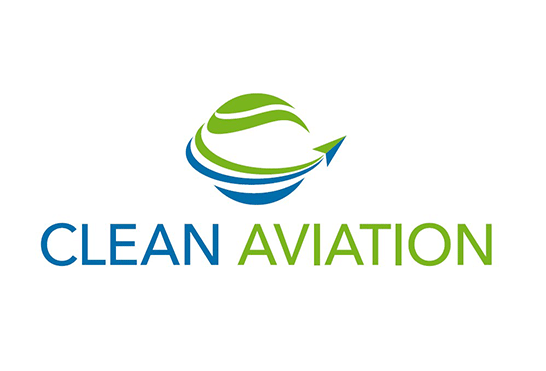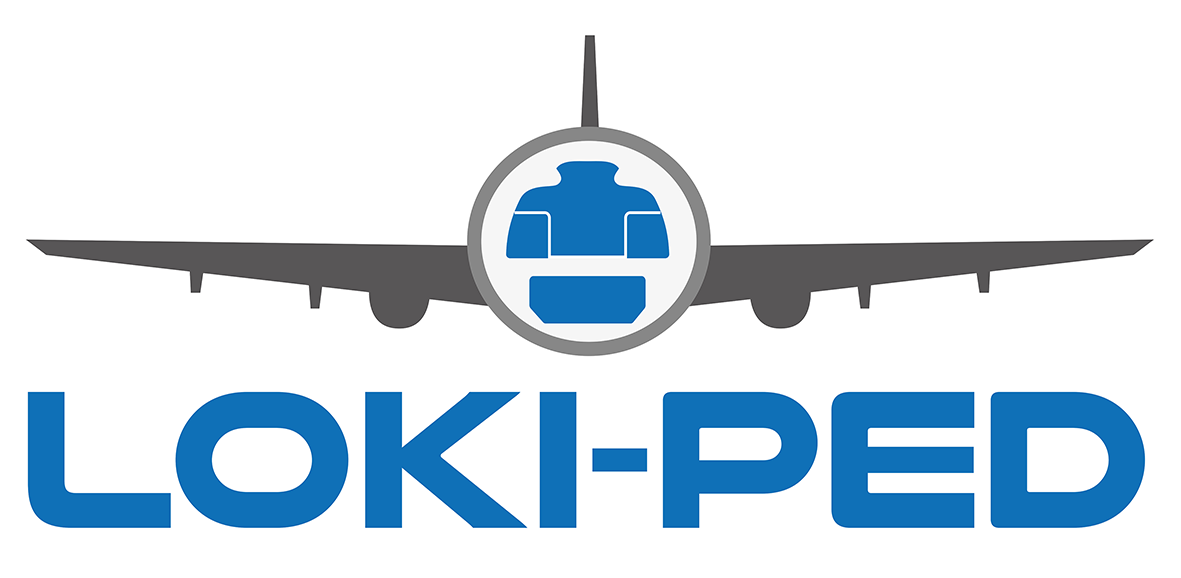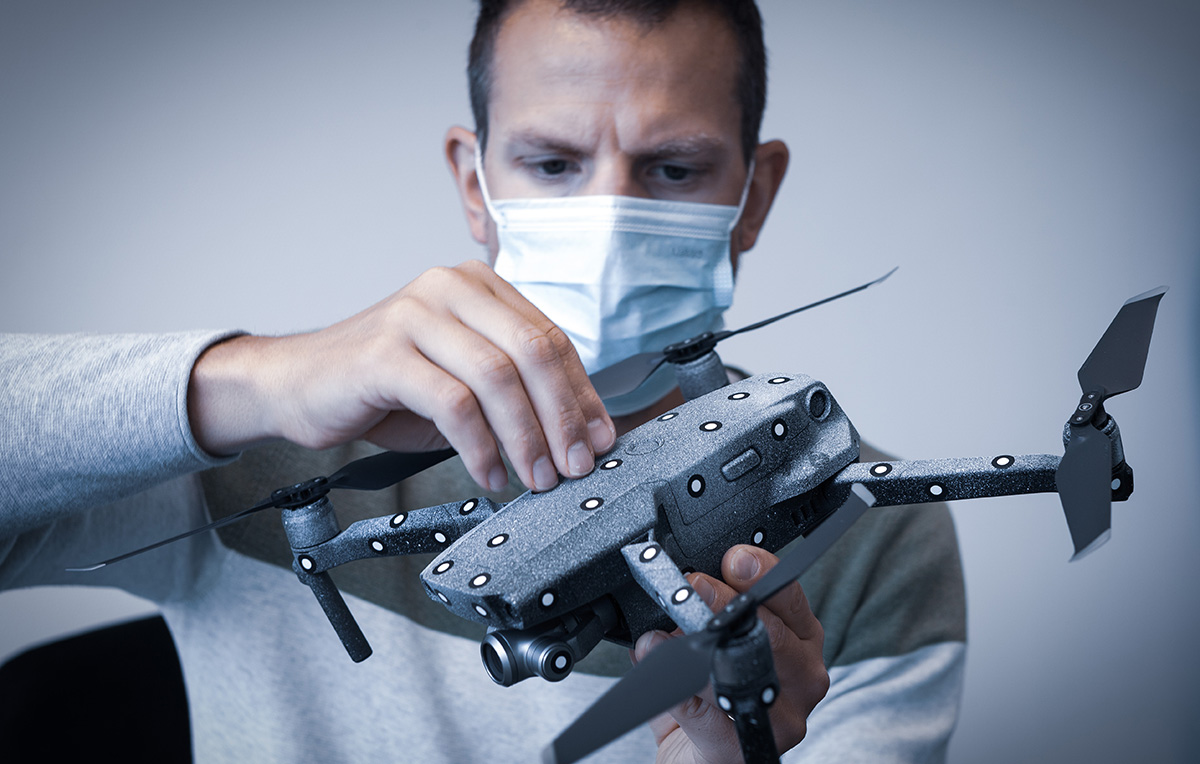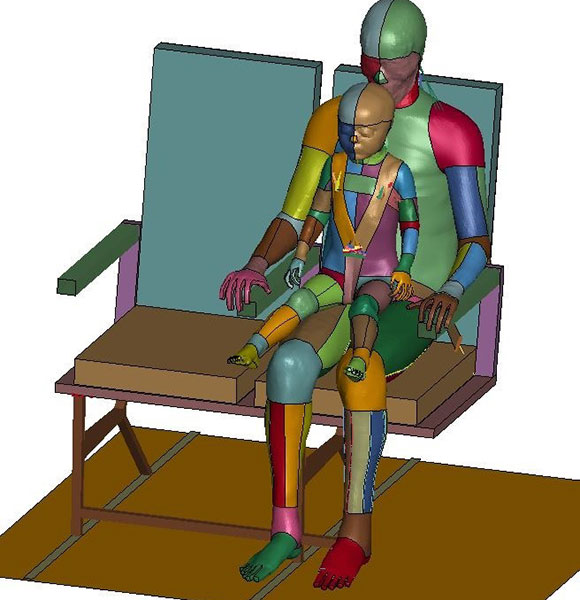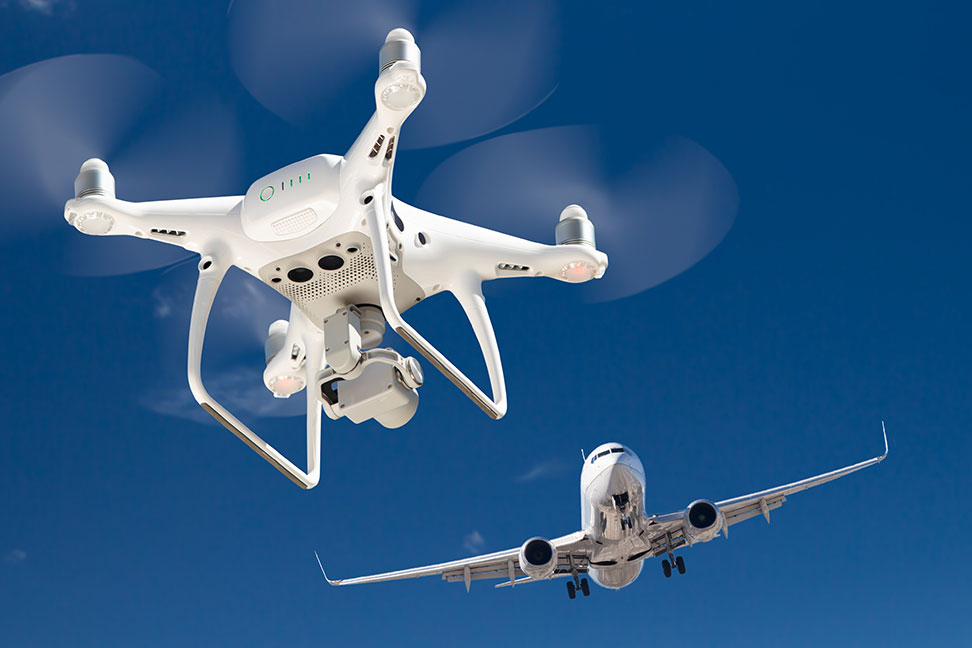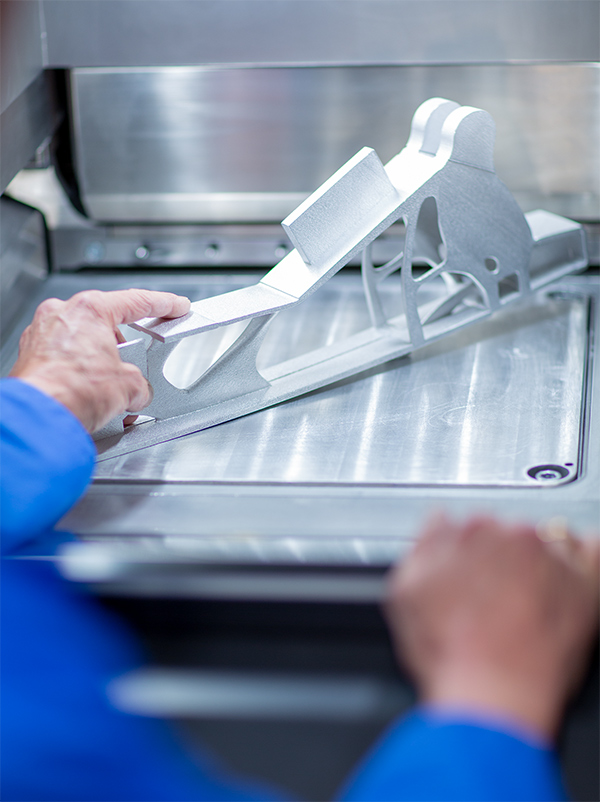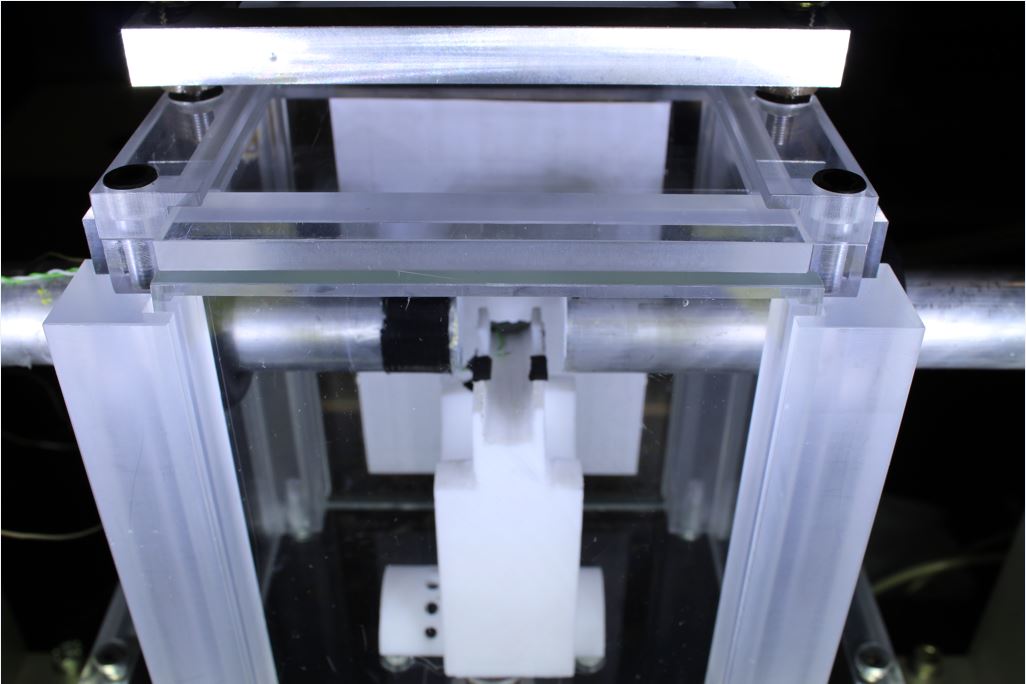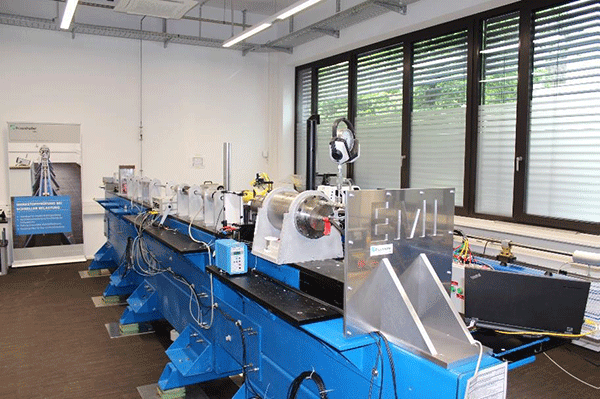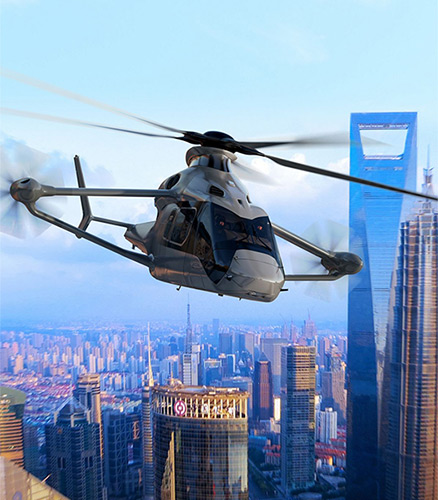SMAUG — what is happening, if an aircraft collides with a drone?
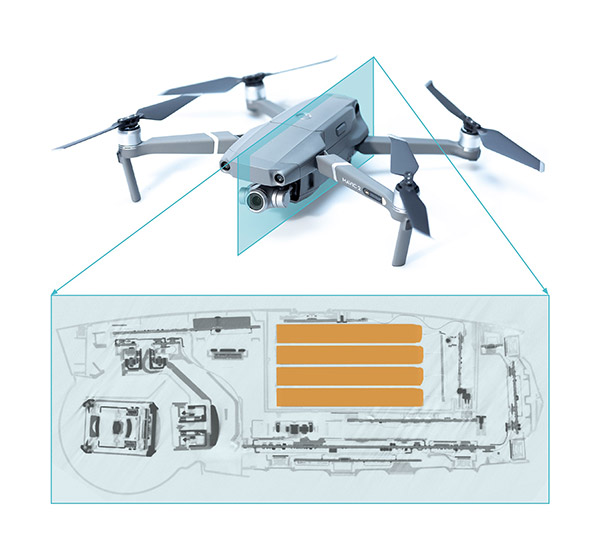
Validated simulation models give a deep insight into possible collisions of airplanes and helicopters with drones.
With the increasing availability of drones to a wider public, the probability of a collision with an airplane or a helicopter increases. A comprehensive understanding of the impact event is therefore an essential requirement to simulate and assess possible collisions.

